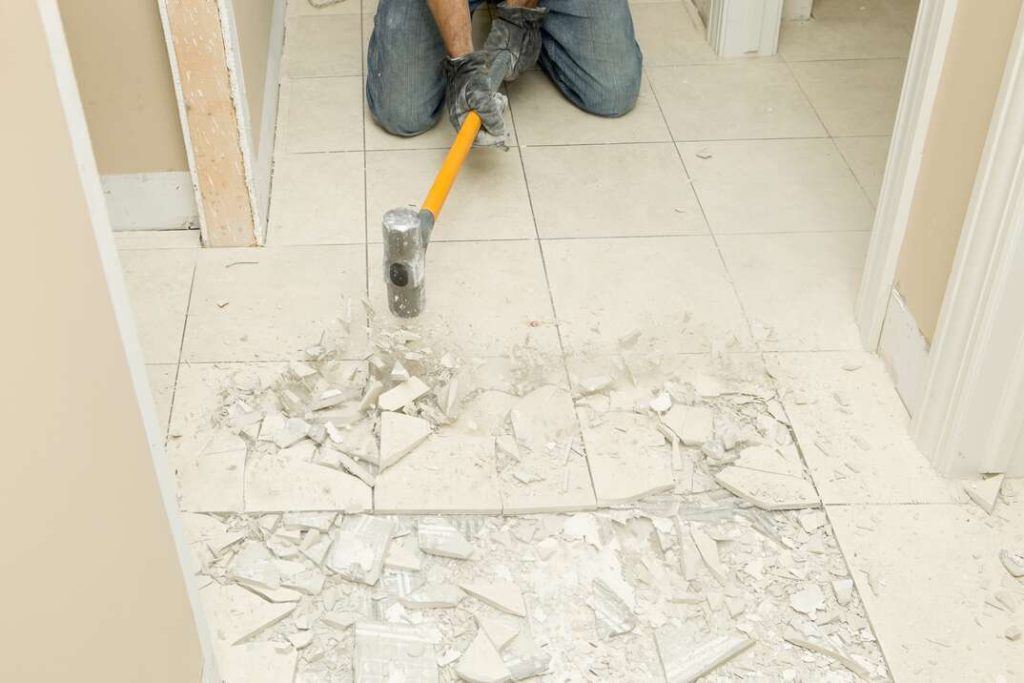One area that has seen remarkable advancements in recent years is tile removal techniques, ushering in a new era of efficiency, precision, and sustainability. Traditional tile removal methods often involved labor-intensive processes, such as manual chiseling or pneumatic hammering, which were not only time-consuming but also carried the risk of damaging subflooring and generating excessive waste. However, emerging technologies and innovative approaches have revolutionized this aspect of flooring renovation, offering unprecedented benefits to both professionals and homeowners alike. Central to the future of tile removal is the advent of robotic systems engineered specifically for this task. These automated machines leverage cutting-edge algorithms and precise sensors to swiftly and systematically remove tiles with unparalleled accuracy. Equipped with adjustable settings, they can adapt to various tile materials and thicknesses, ensuring a smooth and seamless removal process while minimizing the risk of damage to underlying surfaces. Moreover, these robots are designed to operate with minimal human intervention, reducing labor costs and increasing overall efficiency—a boon for contractors facing tight project deadlines.

Another groundbreaking development in tile removal is the utilization of environmentally friendly techniques that prioritize sustainability and eco-conscious practices. Traditional methods often result in significant waste generation, as broken tiles and debris accumulate during the removal process. However, innovative approaches such as dustless tile removal systems employ advanced containment and filtration systems to capture and contain dust particles, drastically reducing airborne pollutants and minimizing environmental impact. Additionally, some companies have begun repurposing salvaged tiles for other construction projects or recycling them into new materials, further reducing waste and promoting a circular economy. Furthermore, advancements in chemical-based tile removal solutions have also transformed the industry landscape, offering an alternative to mechanical methods. These environmentally safe formulations effectively dissolve tile adhesives without the need for heavy machinery or extensive manual labor. By softening the adhesive bond, these chemicals facilitate easier tile removal while significantly reducing the risk of substrate damage. Additionally, their non-toxic composition minimizes health hazards for workers and occupants, making them an ideal choice for indoor applications where air quality is a concern.
Beyond the realm of technology and chemistry, education and training play a crucial role in shaping the future of tile removal practices. As new techniques and equipment emerge, it is imperative for industry professionals to stay informed and adept at utilizing these Utah Tile Removal advancements effectively. Training programs and certifications focusing on proper tile removal methods, safety protocols, and equipment operation ensure that contractors are equipped with the knowledge and skills needed to deliver exceptional results while adhering to industry standards and regulations. In conclusion, the future of flooring lies in the transformative advancements in tile removal techniques that prioritize efficiency, sustainability, and innovation. From robotic systems and eco-friendly solutions to improved training and education, these developments herald a new era of possibilities for the renovation industry. By embracing these advancements, contractors and homeowners alike can achieve superior outcomes while reducing environmental impact and enhancing overall project efficiency. As technology continues to evolve, the future of tile removal promises to be as exciting as it is promising.



